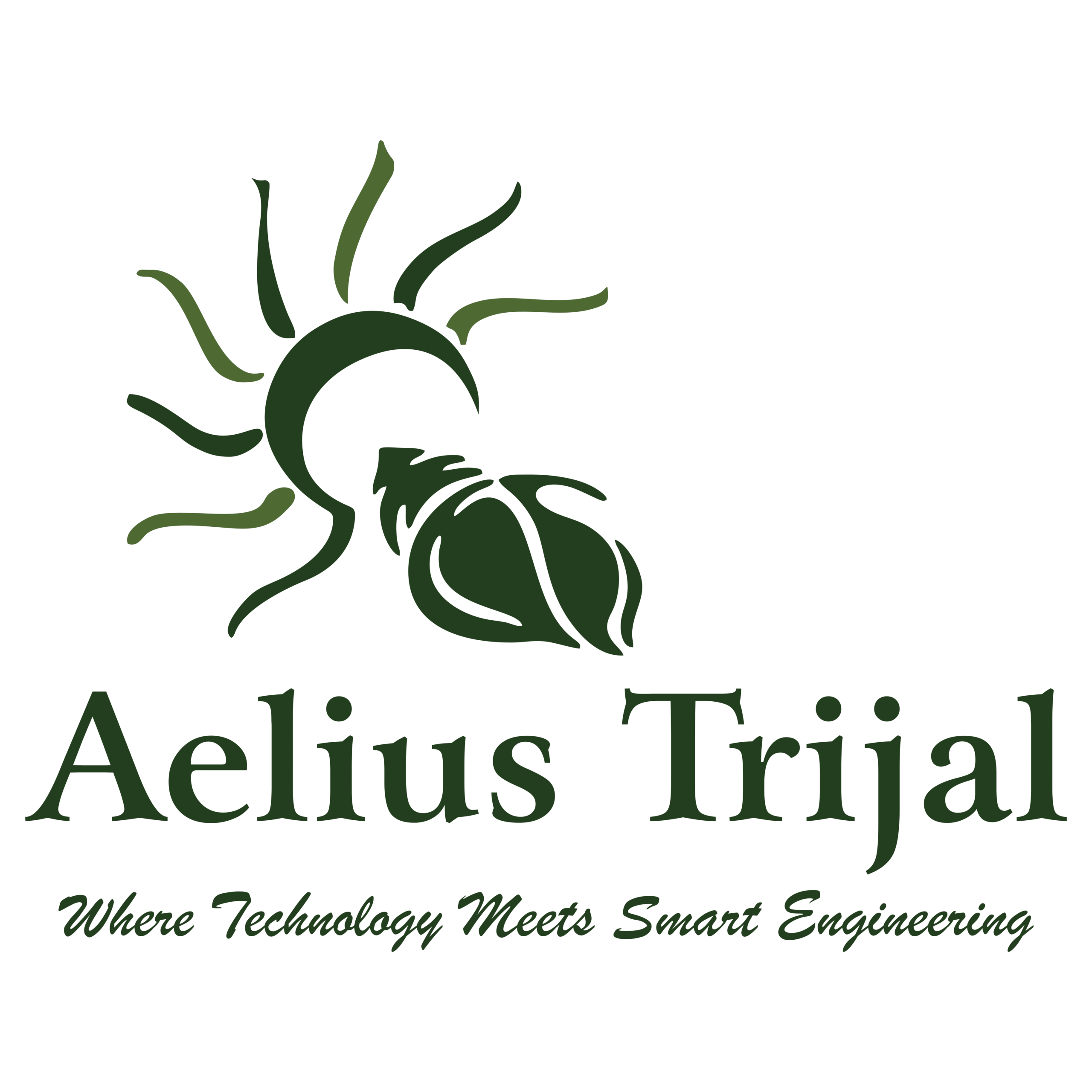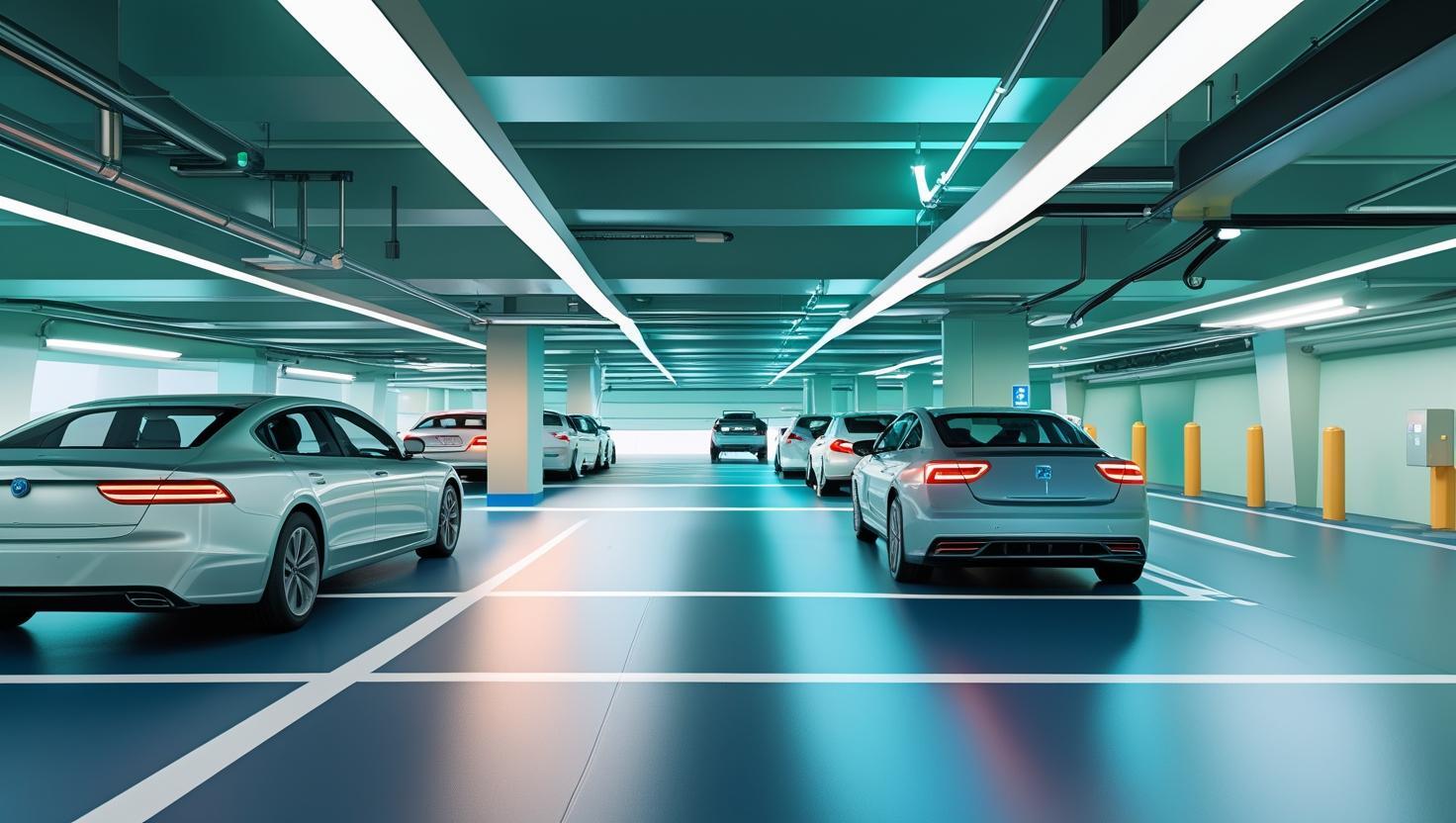SMART SOLUTION
“Efficient and Automated Parking, Traffic, Weather, Hospital System”
AETET’s Parking Management Systems streamline parking operations with automated entry, exit, and payment solutions. Using integrated license plate recognition, these systems reduce congestion, enhance security, and improve the overall parking experience.
What We Offer
TRAFFIC MANAGEMENT SYSTEM
“Smarter Traffic Control for Safer, Faster Cities”
Our Traffic Management Systems are designed to improve road safety, reduce congestion, and ensure smooth traffic flow in urban environments. By integrating advanced monitoring, analytics, and control systems, we help city authorities and organizations manage traffic more efficiently.
A Traffic Management System (TMS) is a technology-driven solution used to monitor, control, and optimize the flow of vehicles on roads and highways. It incorporates tools like traffic sensors, cameras, signal control, and real-time data analysis to reduce congestion, enhance safety, and improve travel efficiency. TMS can provide live updates, manage traffic lights dynamically, and support emergency response coordination. Widely used in smart cities, it helps authorities make informed decisions and ensures smoother, safer transportation for commuters.
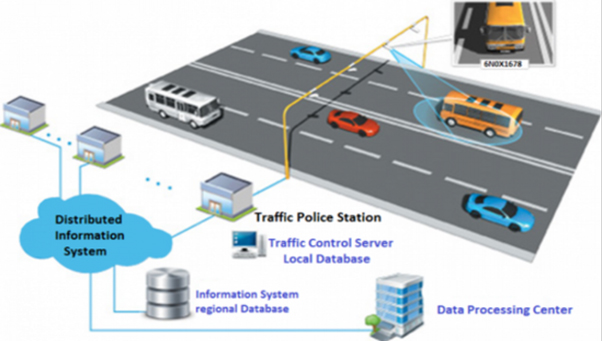
Key Features
- Enhanced traffic safety
- Improved road efficiency
- Centralized monitoring and management..
- Customizable solutions for different road networks.
Parking Management
“Efficient and Automated Parking Solutions”
AETET’s Parking Management Systems streamline parking operations with automated entry, exit, and payment solutions. Using integrated license plate recognition, these systems reduce congestion, enhance security, and improve the overall parking experience.
A parking system is a technology-driven solution designed to efficiently manage vehicle parking in both public and private spaces. It can range from traditional manual setups to advanced automated systems that use sensors, cameras, and real-time data to monitor parking availability, guide drivers to open spots, and manage payments. Some systems offer features like mobile apps for reservations, automatic ticketing, and smart parking meters. These systems help reduce congestion, save time for drivers, and maximize space utilization in busy urban environments.
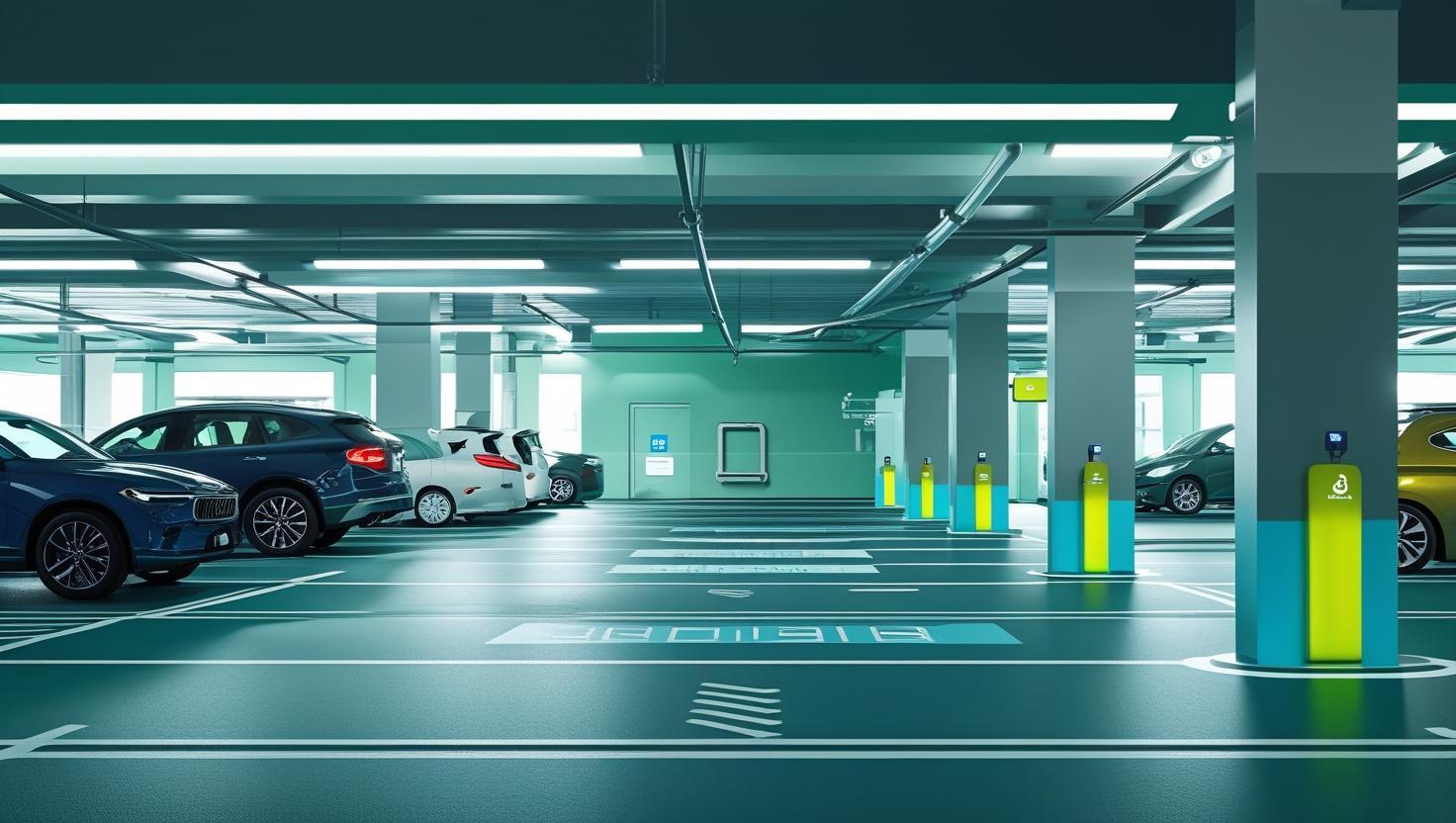
Key Features
- Optimized space utilization.
- Reduced wait times at entry/exit points.
- Improved security with vehicle tracking.
- Easy integration with existing infrastructure.
Weather Management System
“Accurate Forecasting and Monitoring for Smarter Planning”
Weather has a direct impact on safety, operations, and infrastructure. AETET’s Weather Management System delivers real-time weather monitoring and forecasting solutions to help cities, industries, and organizations prepare for changing conditions.
By integrating advanced sensors, satellite data, and predictive analytics, our system provides early warnings for extreme weather events such as heavy rainfall, storms, heatwaves, or air quality issues. These insights support disaster management, agriculture, aviation, and smart city planning.
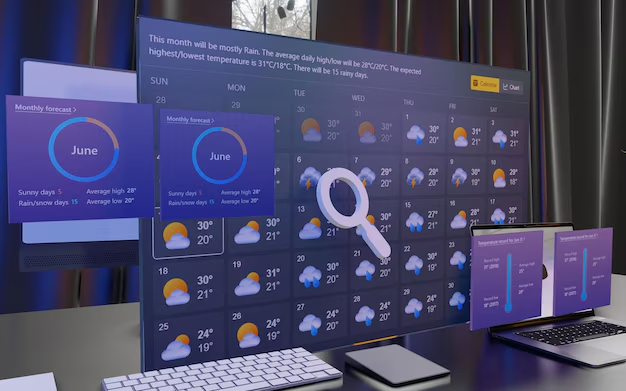
Key Features
- Multi-parameter weather monitoring (rainfall, temperature, humidity, wind).
- High accuracy through integration of IoT devices and satellite data.
- Real-time dashboards with customizable alerts.
- Scalable for single sites or city-wide coverage.
Hospital Management Management
“Streamlining Healthcare Operations with Smart Technology”
Hospitals face growing challenges in managing patients, staff, and facilities efficiently. AETET’s Hospital Management System (HMS) provides a centralized digital platform to streamline operations, enhance patient care, and ensure smooth hospital workflows.
From patient registration to billing, staff scheduling to pharmacy management, our system integrates all hospital functions into a single interface. Built on secure, scalable technology, HMS helps hospitals reduce errors, improve efficiency, and provide better healthcare experiences.

Key Features
- Patient Management – Registration, admission, discharge, and history records.
- Appointment Scheduling – Streamlined doctor and specialist bookings.
- Billing & Finance Management – Transparent and accurate payment processing.
- Pharmacy & Inventory – Automated stock management.
- Staff & Resource Scheduling – Efficient allocation of doctors, nurses, and resources.
Benefits Of Smart Solutions
- Improved Efficiency : Streamlines operations across transport, healthcare, weather monitoring, and parking facilities.
- Enhanced Safety : Early detection of risks (traffic violations, weather hazards, hospital errors) reduces accidents and improves public safety.
- Data-Driven Decision Making : Real-time analytics and historical data support smarter planning and resource allocation.
- Automation & Cost Reduction : Minimizes manual intervention, reduces delays, and lowers operational costs.
- Better User Experience : Whether it’s a driver finding parking, a patient booking appointments, or citizens receiving weather alerts, these systems make everyday interactions smoother and faster.
- Scalability : Can be expanded from single facilities to city-wide deployments, making them future-ready.
- Centralized Control : All systems can integrate into a command and control center for unified monitoring and response.
Applications of Smart Solutions
- Smart Cities : Integrated traffic, parking, and weather systems for better urban mobility and safety.
- Transport Hubs : Airports, metro stations, and highways benefit from traffic flow optimization, parking automation, and weather alerts.
- Healthcare Facilities : Hospitals and clinics improve patient care, scheduling, and resource management.
- Commercial Complexes : Shopping malls, IT parks, and residential societies benefit from efficient parking and security management.
- Government Agencies : Disaster management authorities and municipal bodies can use weather and traffic data for emergency response and planning.
- Industrial Zones : Ensure safe transportation routes, employee parking, and emergency medical response systems.
